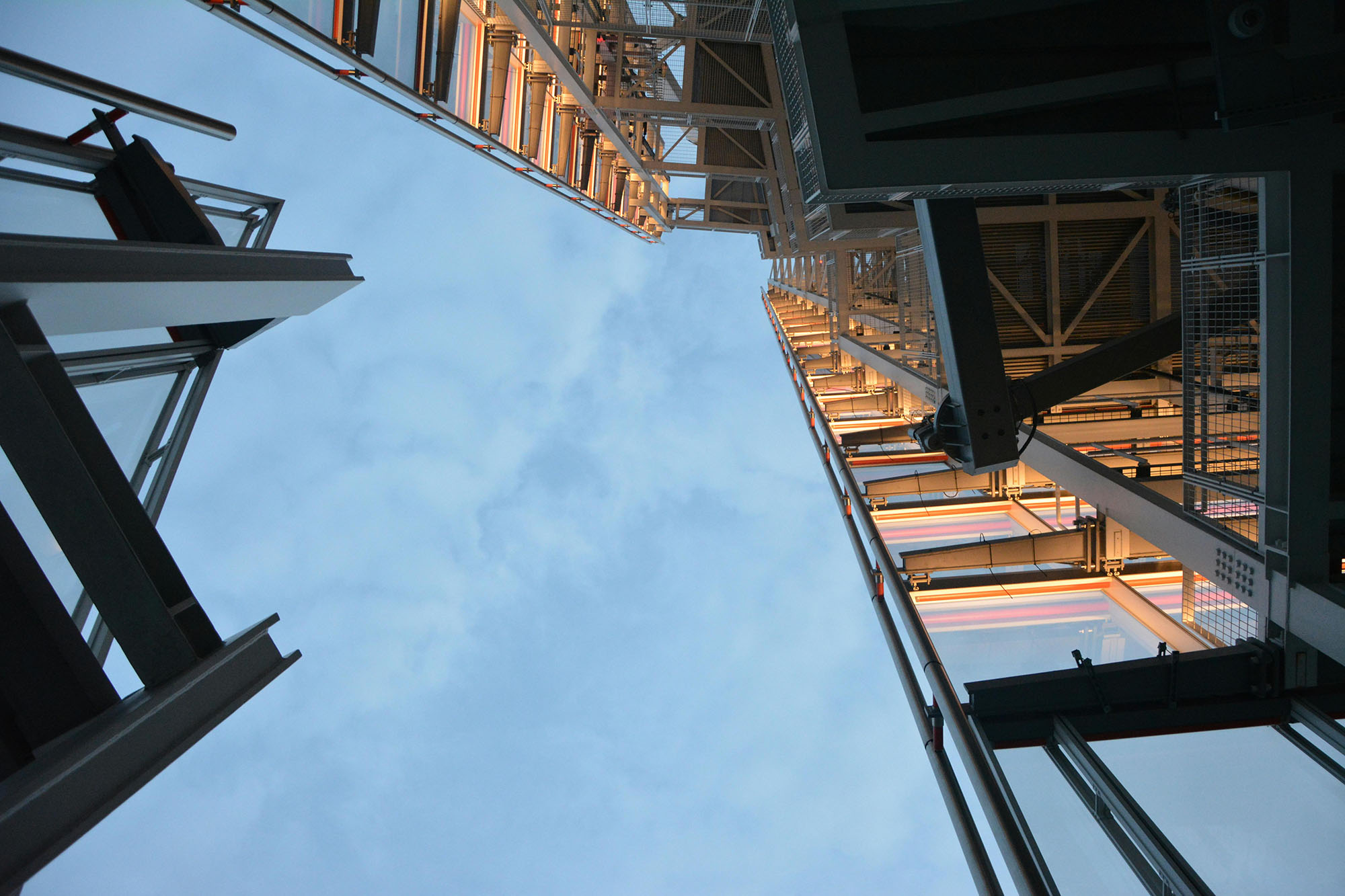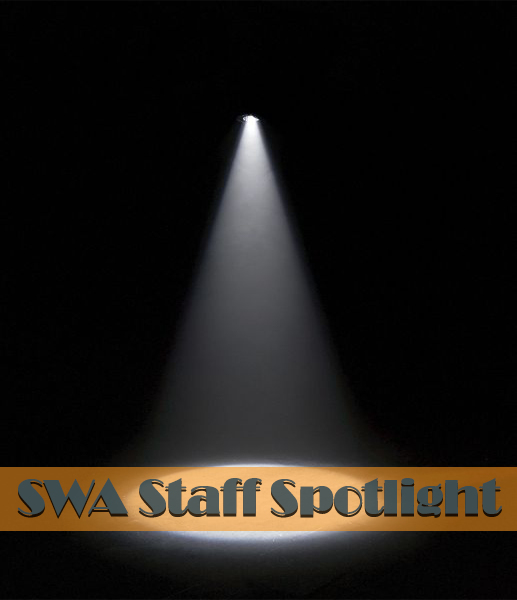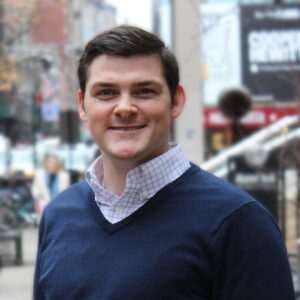

Blog
|
For our first staff profile, we have Joe Andracchio, a Senior Sustainability Consultant on our Residential Buildings Services group.

Each day, SWA employees collaborate to create more sustainable, efficient, healthy, and accessible buildings. This holistic approach to the built environment necessitates talented teams with a wide range of specializations. (Want to join us? Check out the open positions on our Careers page!)
In our first staff profile, we have Joe Andracchio, a Senior Sustainability Consultant on our Residential Buildings Services group. Joe is based out of our Washington, D.C. office and has been at SWA for around 4.5 years. He is also a licensed Professional Engineer in the state of Maryland!

Interested in the next thing!
I’ve always been interested in the environment. I went to college for engineering and the classes touching on sustainability and general efficiency made sense. I think, initially, I was pulled toward the interesting, cutting edge technologies related to sustainability. While the cutting edge always changes, I now work with some of those technologies and see them implemented in our projects. I was also lucky enough to be involved in a co-op program, like a 6-month paid internship, with an energy efficiency company. That turned into a full-time job after graduation. SWA has been involved in the green building scene for decades and is a leader in consulting, building science expertise, and even related research. It was a natural fit when I saw positions opening up that described my experience and expertise.
The components of building science and energy efficiency we work are fundamental and do not change. However, they can feel very new to some of our project teams and contractors we work with. You have to be patient and knowledgeable to explain why requirements are in place and their practical application for the project at hand. I like being able to offer this ‘new’ perspective of green building within the construction industry.
I have been a LEED Green Rater for a number of years. I recently became USGBC Faculty with a Green Rater specialization, which allows me to teach the LEED for Homes Green Rater course. A Green Rater is required to be on every LEED for Homes project, whether it is a single-family home or a 500-unit apartment building. They are essential for the project to stay on track and to get certified.
I have over a decade of experience in this industry, and I enjoy sharing that experience. Training Green Raters, internally at first, will allow them to take my experience, along with that of others in the training, to their project design and construction teams. I hope that means a more efficient and accurate design, verification, and certification process for many projects in the future, making some level of positive difference in our green building industry.
I got into the industry because of the new, bold, and interesting ideas where people were pushing the envelope with new designs to create a big difference in our buildings. While that is all still very thrilling, what has been more inspiring to me lately is seeing implementations of proven and impactful existing solutions. The solutions are currently out there to achieve net-zero buildings, significantly reduce carbon emissions and shift toward a renewable grid. They already exist. Educating key stakeholders to implement practical solutions, shouldn’t be a great challenge. This might be as straight forward as updated codes that force design teams to do better, or as complicated as grid-wide technology that benefits both utilities and the user. It is here, now let’s implement it and continue to improve it. We are in it!
I primarily focus on multifamily residential buildings in the Mid-Atlantic region, though the few single-family homes we get in our area usually do come across my desk. My short advice would be to engage a proper consultant and/or third-party verifier.
An architect or engineer, no doubt, can design a building and its systems. A contractor can, no doubt, build one. But there is a vast amount of knowledge accumulated through an experienced consultant that can direct you to make the right decisions which will have the largest impact – whatever the goal is that you have.
Also, many green programs have third-party verifiers and quality assurance programs. You would be very surprised to find out how many “code” buildings are not actually meeting all the requirements of energy or green codes. A third-party verifier, often secured as part of green building programs, allows another set of experienced eyes to make sure you’re executing the project as designed, so you actually get what you pay for – whether it’s lower costs, lower carbon footprint, healthier indoor air quality, etc.
I have two daughters: one 2½ and one 7 months. I’m having a blast experiencing life through their eyes. Every day is something new. Alternatively, I got into mushroom/fungus identification and foraging for wild edibles last year. I’ve been able to now identify somewhere around 100 species and have cooked a few up for dinner! I find it very fun photographing and identifying them, but it’s also just a great excuse to get outside and get some forest bathing in.

Steven Winter Associates